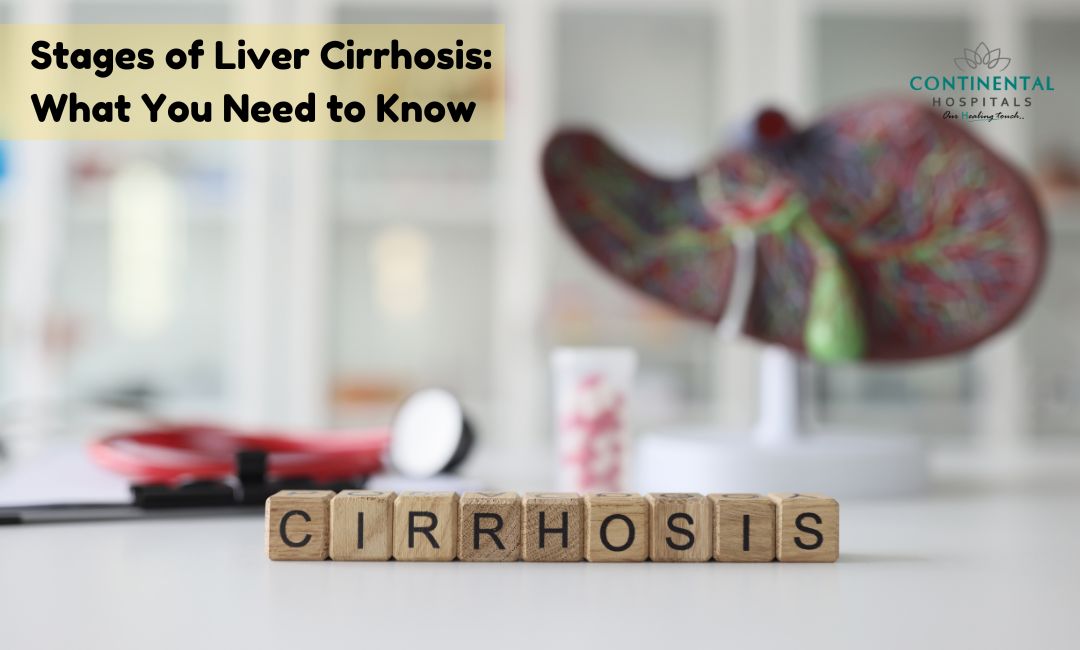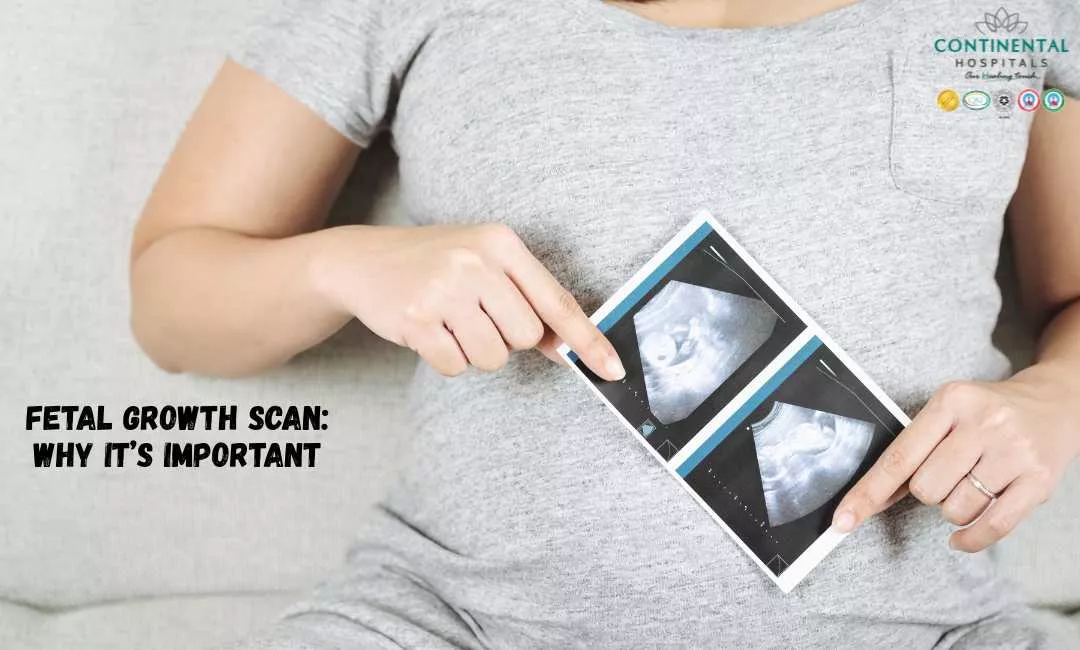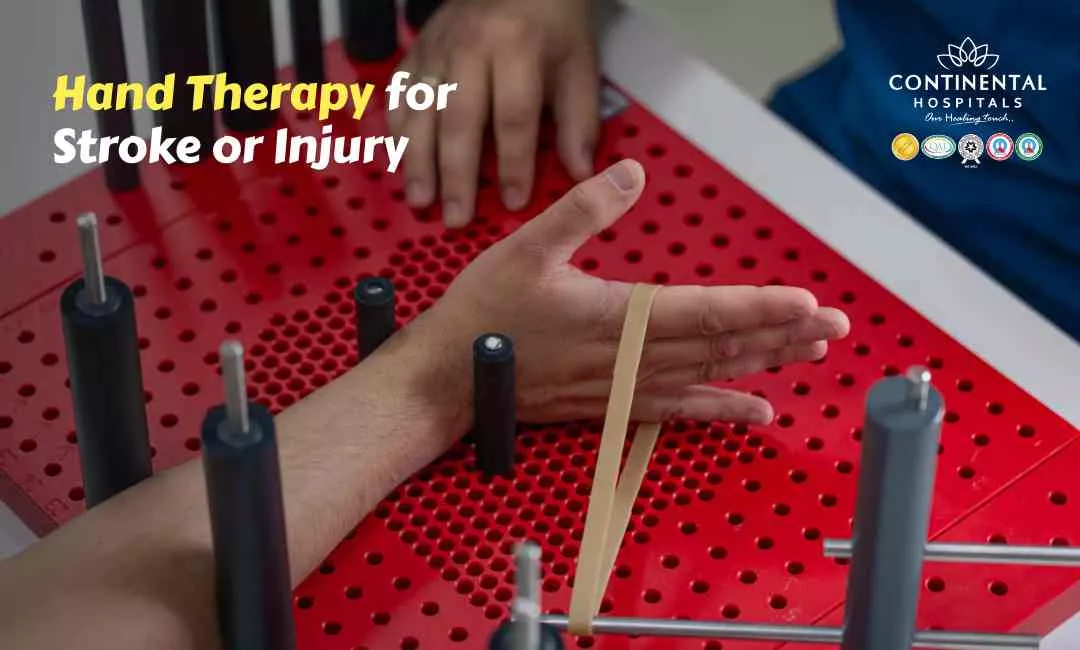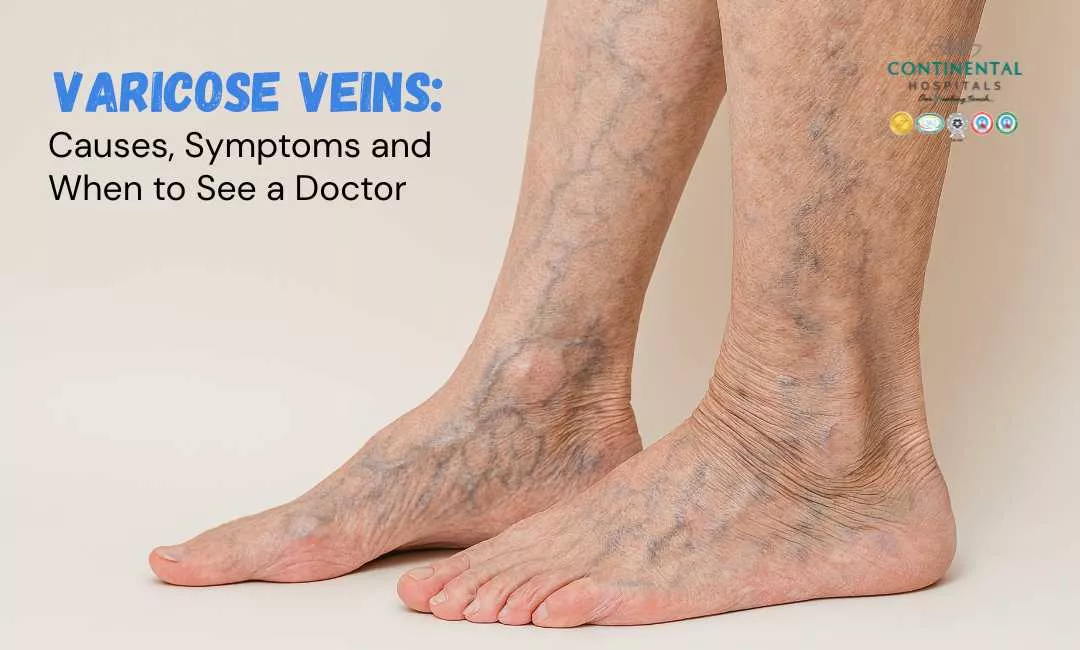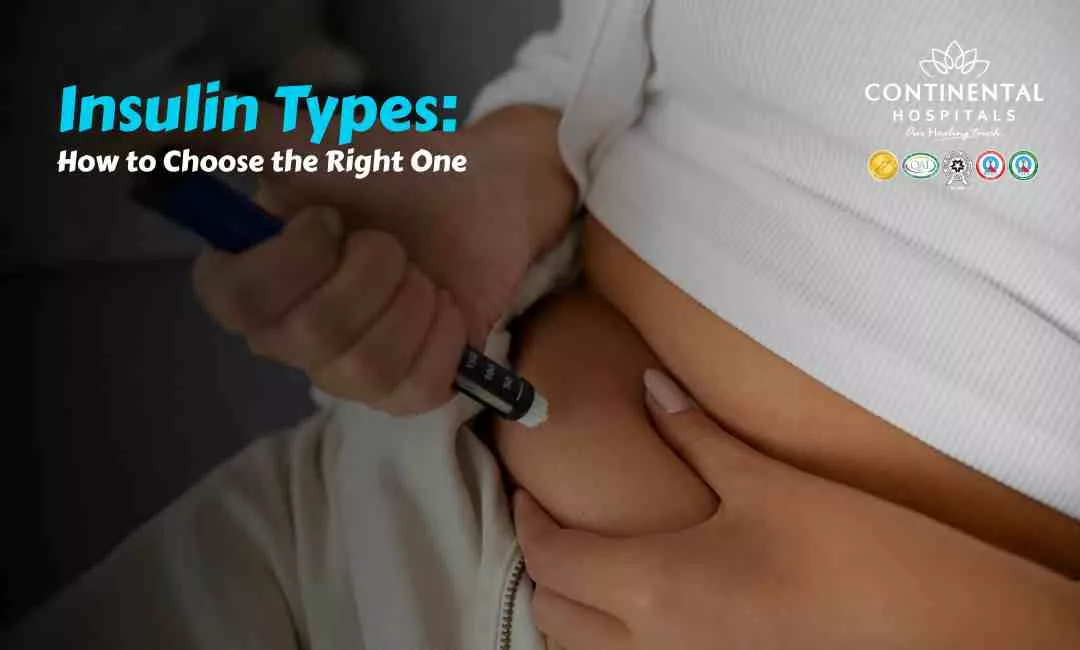Liver cirrhosis is a serious condition that results from long-term damage to the liver. Understanding the stages of cirrhosis is crucial for managing and treating this disease effectively. In this blog, we’ll break down the stages of liver cirrhosis, explore what they mean, and discuss how you can manage the condition with the help of medical professionals.
What is Liver Cirrhosis?
Liver cirrhosis is a progressive disease where healthy liver tissue is replaced by scar tissue, which impairs the liver’s ability to function. This scarring can be caused by various factors, including chronic alcohol consumption, viral hepatitis, fatty liver disease, and certain medications or toxins. The liver, being a vital organ, plays a key role in many bodily functions, including detoxifying harmful substances, producing important proteins, and aiding in digestion. When cirrhosis occurs, these functions can be severely compromised.
The Stages of Liver Cirrhosis
Liver cirrhosis typically progresses through several stages. Each stage reflects the extent of liver damage and its impact on liver function.
Stage 1: Initial Fibrosis
🥗 Healthy Plate Challenge
🍽 Add Your Favorite Dish
Pick Your 6 favorite foods, eat, and see the results.Drag & drop foods onto your plate.
Drop Food Here
At this stage, the liver begins to show early signs of scarring due to chronic liver injury. The damage is usually not severe, and the liver can still perform its functions relatively well. This stage may not present noticeable symptoms, making it difficult to detect without medical testing.
Symptoms: Fatigue, mild abdominal discomfort, and occasional digestive issues.
Stage 2: Advanced Fibrosis
As cirrhosis progresses, more significant scarring occurs. The liver's structure is affected, and it starts to have trouble performing its functions. Although the liver is still capable of managing some of its tasks, the damage becomes more apparent.
Symptoms: Increased fatigue, swelling in the legs and abdomen (ascites), and more pronounced digestive issues.
Stage 3: Compensated Cirrhosis
At this stage, the liver is significantly scarred but is still able to perform most of its functions. The liver's ability to regenerate and process toxins is compromised, leading to a range of symptoms.
Symptoms: Noticeable swelling in the abdomen and legs, jaundice (yellowing of the skin and eyes), easy bruising, and itchy skin.
Stage 4: Decompensated Cirrhosis
This is the most severe stage of liver cirrhosis. The liver is severely damaged and can no longer perform its essential functions effectively. At this stage, the risk of complications like liver cancer, liver failure, and gastrointestinal bleeding is high.
Symptoms: Severe abdominal pain, persistent jaundice, confusion or altered mental state (hepatic encephalopathy), and significant weight loss.
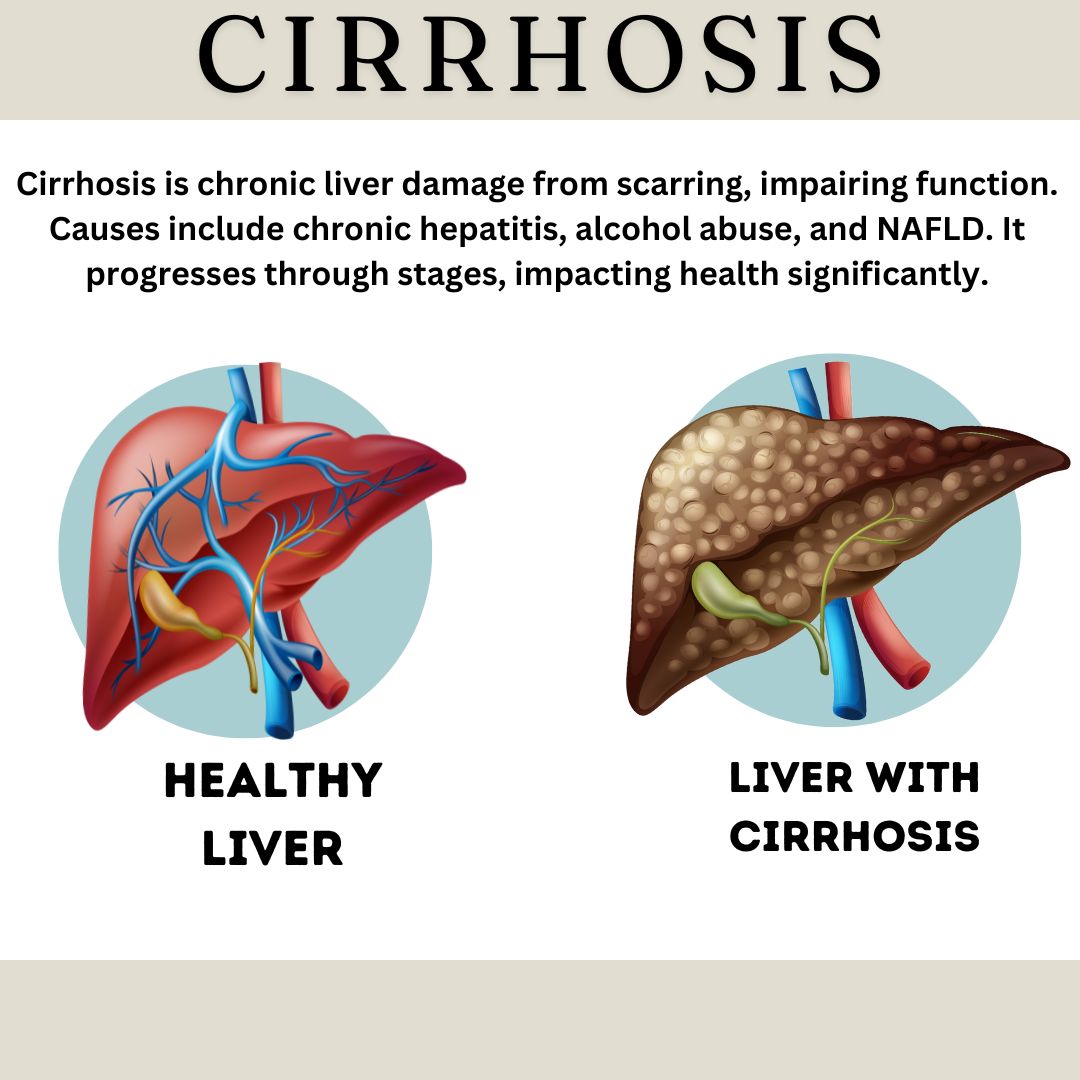
Causes and Risk Factors
Several factors can contribute to liver cirrhosis, including:
- Chronic Alcohol Use: Long-term excessive drinking can cause liver damage and cirrhosis.
- Viral Hepatitis: Hepatitis B and C are leading causes of chronic liver disease.
- Non-Alcoholic Fatty Liver Disease (NAFLD): Associated with obesity and diabetes, NAFLD can progress to cirrhosis.
- Autoimmune Diseases: Conditions where the immune system attacks the liver, such as autoimmune hepatitis, can lead to cirrhosis.
- Genetic Disorders: Conditions like hemochromatosis and Wilson's disease can cause liver damage.
Managing Liver Cirrhosis
Managing liver cirrhosis involves a combination of lifestyle changes, medical treatments, and regular monitoring. Here are some general strategies for managing liver cirrhosis at different stages:
Lifestyle Changes:
- Diet: A balanced diet low in sodium and high in nutrients helps manage symptoms and prevent further liver damage.
- Exercise: Regular physical activity can help maintain a healthy weight and improve overall liver function.
- Avoiding Alcohol: Alcohol consumption can worsen liver damage, so it’s essential to abstain completely.
Medical Treatments:
- Medications: Depending on the cause of cirrhosis, medications may be prescribed to treat conditions like hepatitis or manage symptoms such as fluid retention and high blood pressure.
- Monitoring: Regular follow-up with a healthcare provider is crucial to monitor liver function and manage any complications.
Surgical Interventions:
Procedures: In cases of severe cirrhosis, procedures to manage complications like portal hypertension may be necessary.
Liver Transplant: For end-stage cirrhosis, a liver transplant may be the only viable option.
Treatment Options at Continental Hospitals
At Continental Hospitals, a leading healthcare provider in Hyderabad, you can find comprehensive care for liver cirrhosis. The hospital offers a range of treatments and services to manage the condition and improve quality of life:
Medications: To manage symptoms and complications, medications may be prescribed to control liver inflammation, reduce fluid buildup, and prevent infections.
Lifestyle Changes: Adopting a healthy lifestyle, including a balanced diet, regular exercise, and avoiding alcohol, is crucial in managing cirrhosis.
Monitoring and Follow-Up Care: Regular check-ups and monitoring help track the progression of the disease and adjust treatments as needed.
Liver Transplant Services: In cases of severe cirrhosis, Continental Hospitals offers liver transplant evaluation and surgery, supported by a team of skilled surgeons and healthcare professionals.
Conclusion
Understanding the stages of liver cirrhosis is crucial for effective management and treatment. Early detection and intervention can significantly improve outcomes and quality of life. If you suspect you have liver cirrhosis or are experiencing symptoms, it is important to consult a healthcare professional.
For expert care and treatment for liver cirrhosis, consult our gastroenterologist at Continental Hospitals.
.webp)

